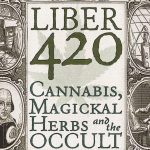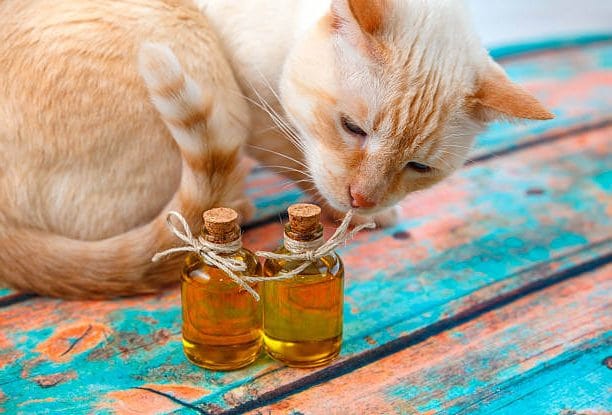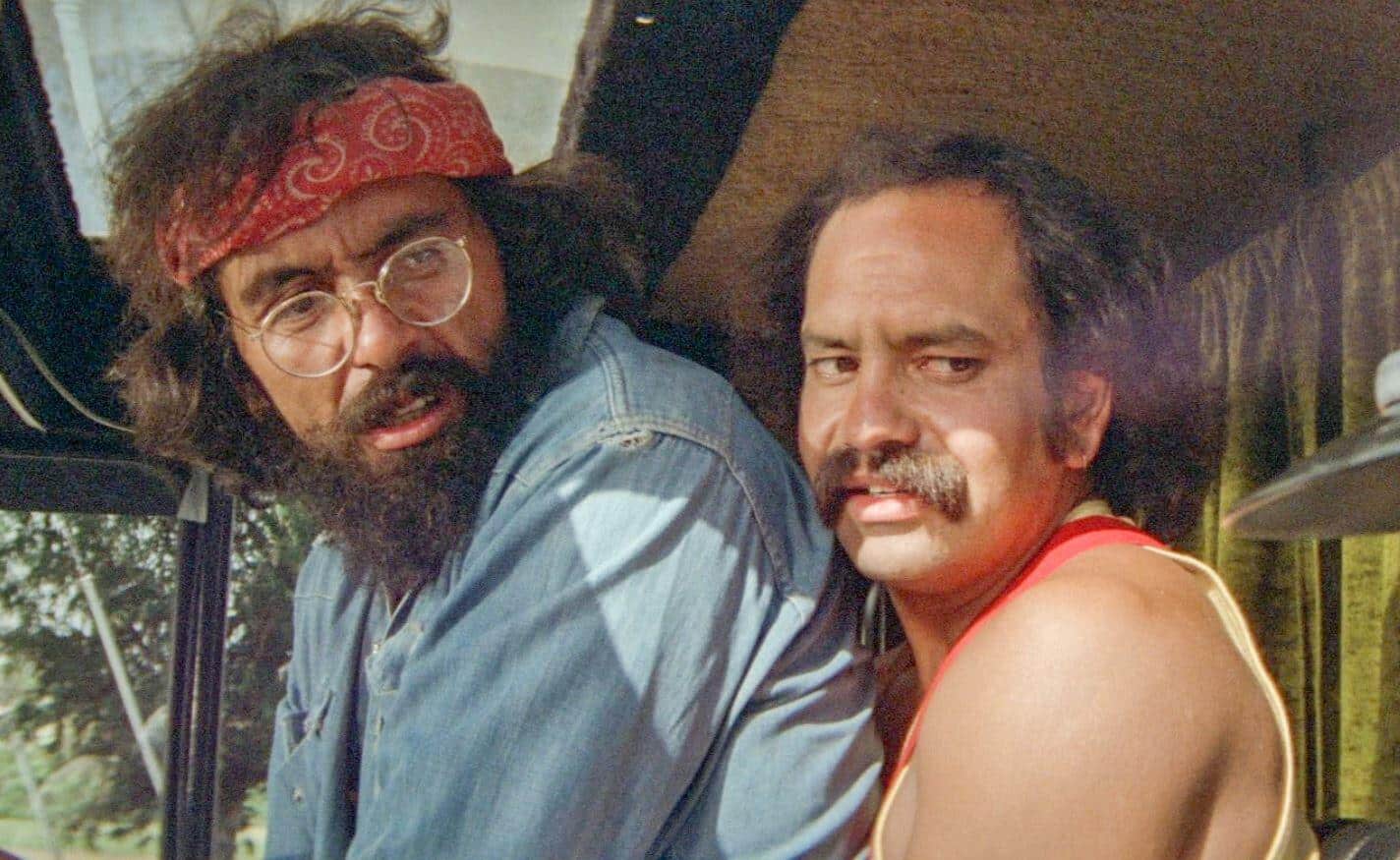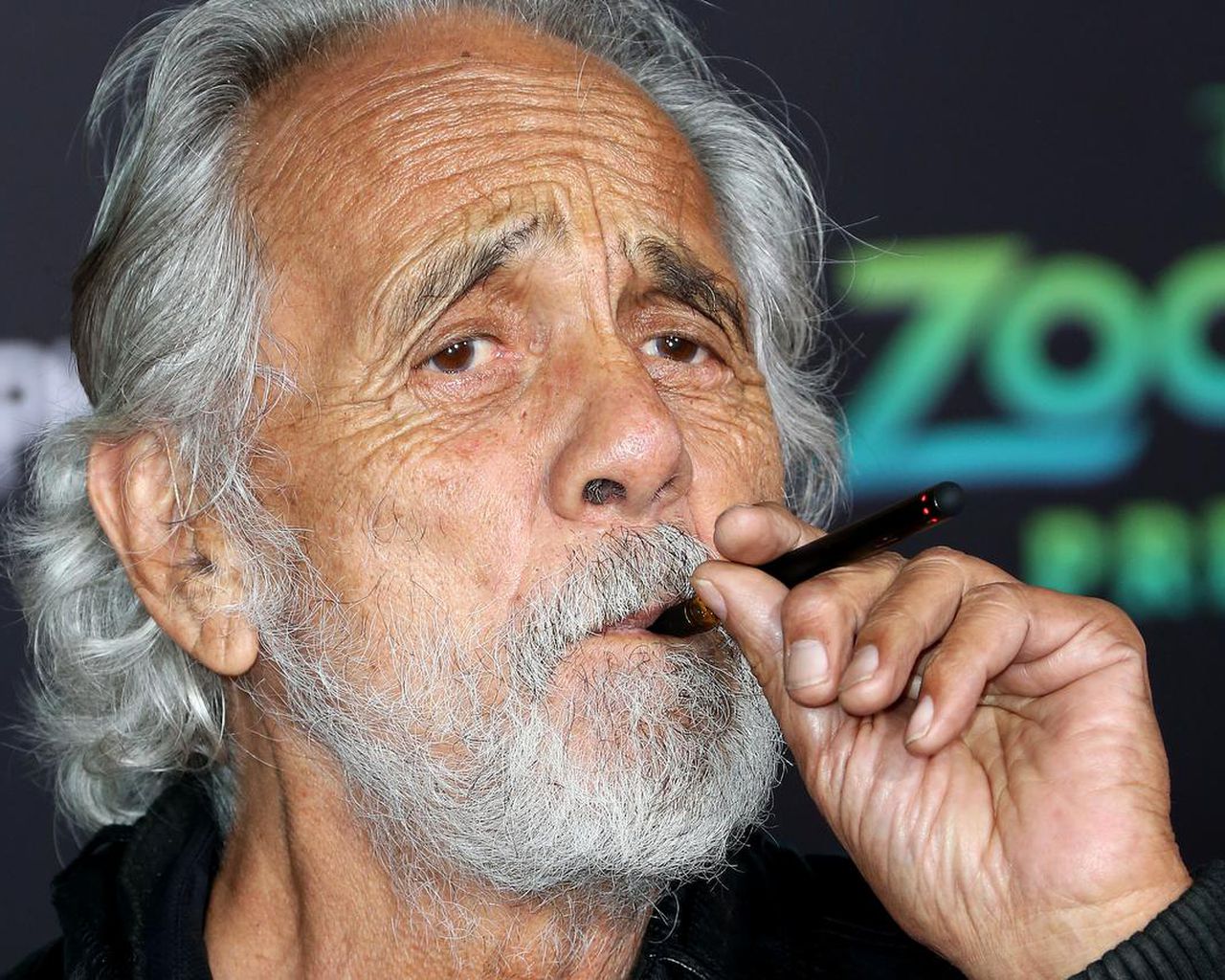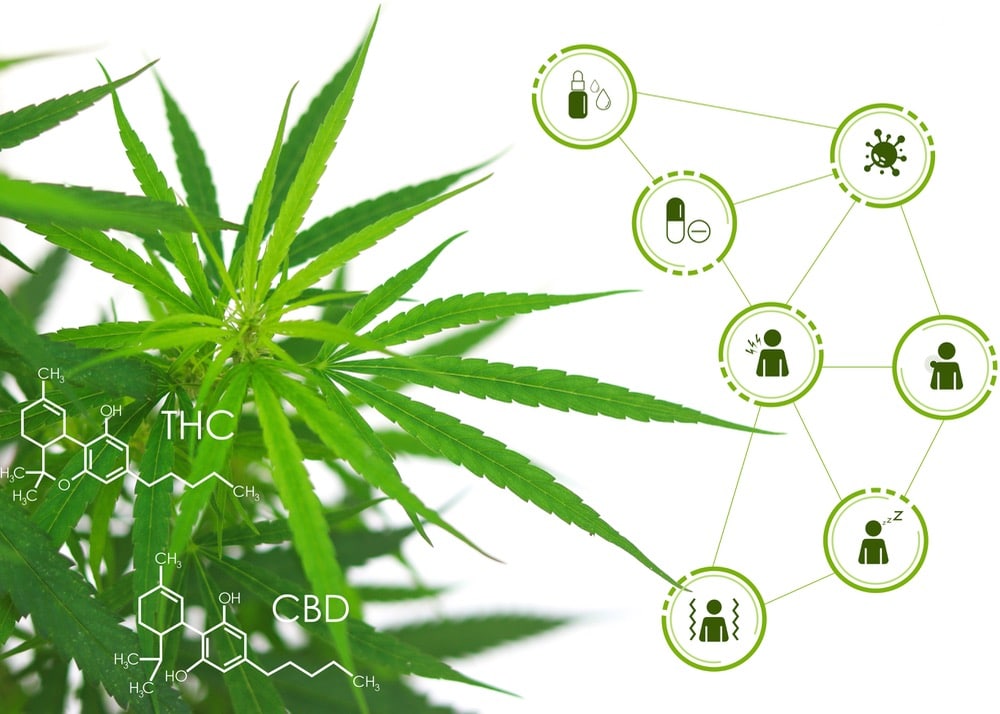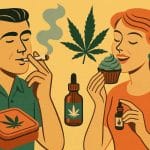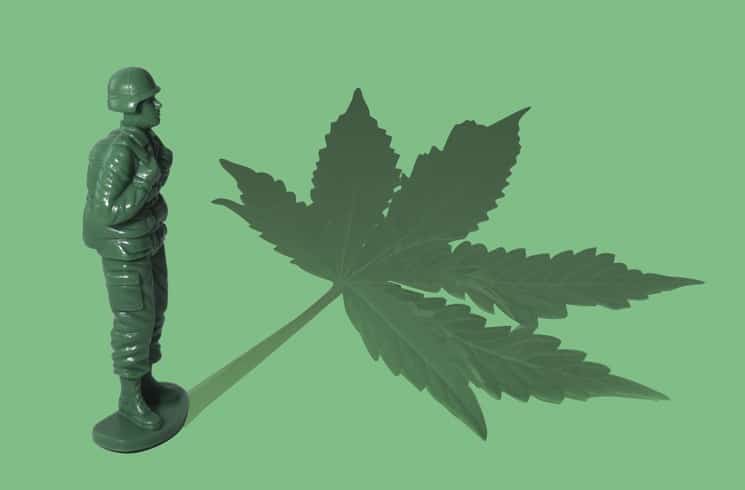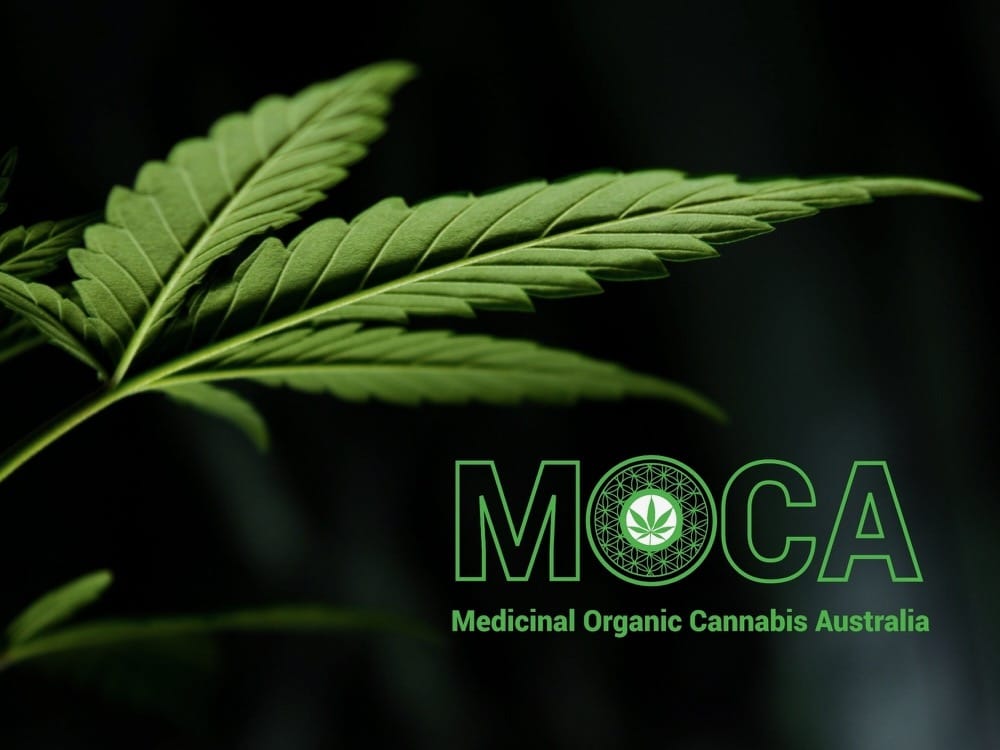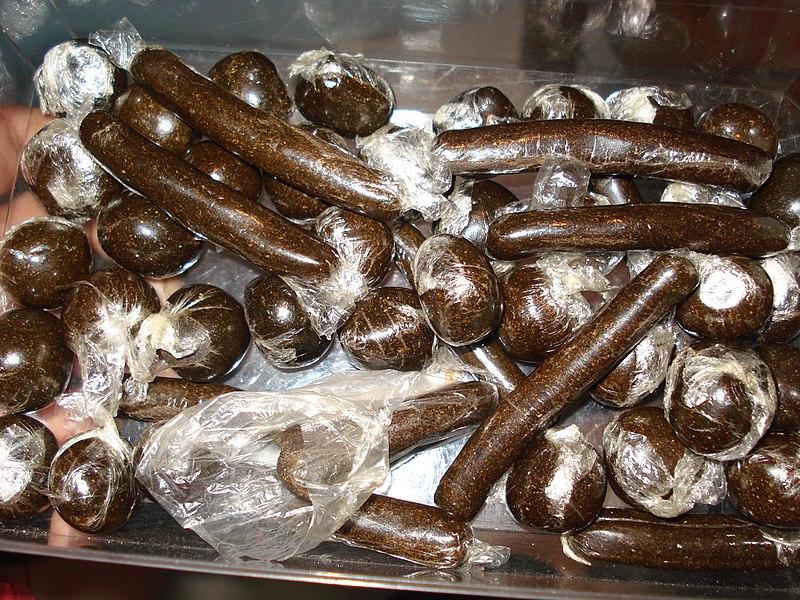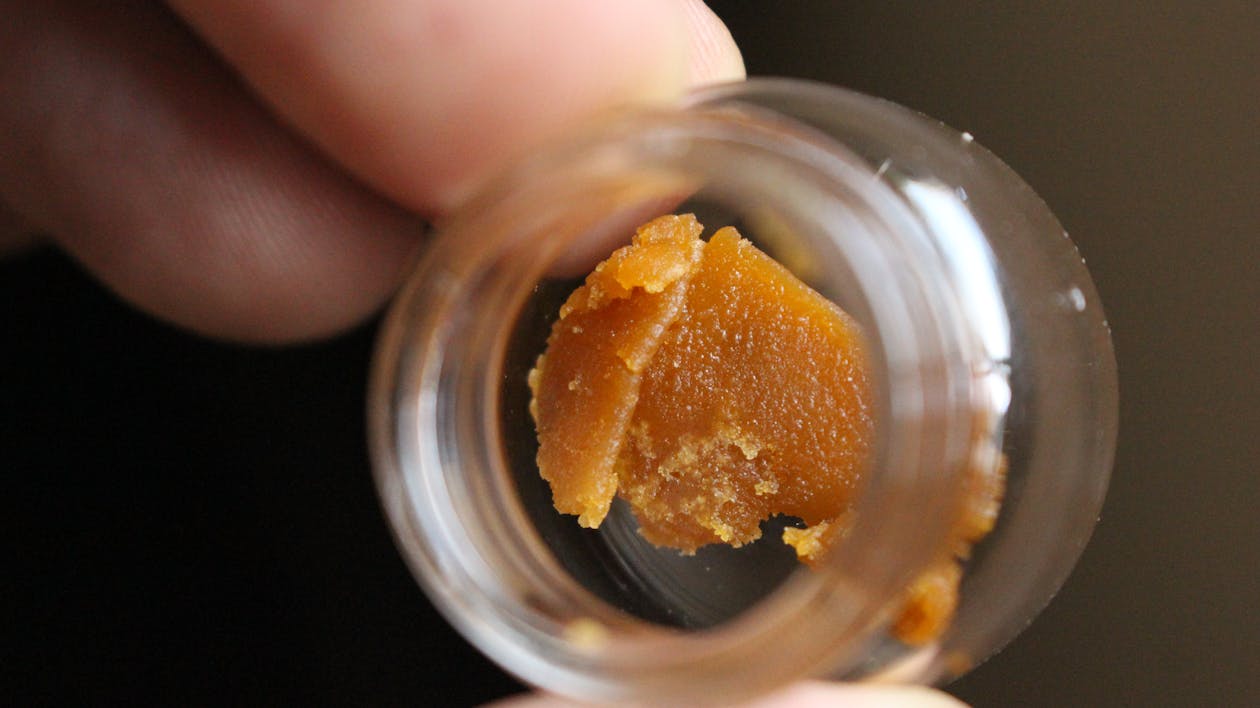Whether you grow three plants in your closet or own a legal farm of several hectares, chances are that the weed you’re growing is the fruit of a seed from Spain or the Netherlands.
A handful of Uruguayan breeders are challenging this monopoly with varieties that are as explosive as they are exotic.
Our correspondent Steve investigated.
It’s 4:30 pm on a heavy, gray day in Buenos Aires.
I dutifully crumble a beautiful head of dark green Ganja with lovely purple highlights.
As I light my spliff and swallow my first taf, a soft, thick smoke fills the room while a delicious sensation rises inside me.
I’m enjoying a Blueberry Automatique that a friend grew last summer, on his terrace and under the Argentine Sun to be exact.
The seeds, much to my surprise, came from Del Plata Genetics, a Uruguayan seed bank.
Star seed
In 2013, the small Latin American nation became the first country to fully legalize cannabis. If you’re a Uruguayan resident, you can buy weed from a pharmacy, a cannabis club or even grow your own.
You can also grill up wherever it’s legal to smoke a cigarette, and you can even take the pleasure of this emancipation a step further by asking a policeman for a light.
But since legalization, the growth of Uruguay’s cannabis industry has been slow. Very slow. Very slow.
An image: if the American cannabis business were a five-storey mall, Uruguay’s weed industry (insofar as it can be called an industry) would be a convenience store.
Faced with this gap in the green sector, the country decided (at its own pace) to take matters into its own hands by creating Uruguay’s first seed banks.

Silver River Seeds, based in Montevideo, offers a rather impressive catalog of over 20 different feminized and automatic strains, with names as funky and tropical as Despink, Sourflash, River Haze, or Apple Cookies.
Varieties that are the work of Alberto Huergo, a mysterious grower and author of a growing bible: Sativa: Cultivo Interior available here in V.O.
With 30 years of cannabic experience and two decades spent growing weed, Alberto is nothing short of a luminary in South American breeder circles.
He’s the man behind Dutch Passion’s Desfran, winner of the 2011 Copa Del Mar in Argentina and the 2012 Copa De Rio in Brazil… among others. (see photo above)
His book, published in 2008, is a 600-page encyclopedia covering everything there is to know about indoor weed cultivation, photoperiodic cycles, how to identify and treat deficiencies and parasites, the art of trimming, curing… non-exhaustive list.
Alberto is also the editor of Haze, a magazine on marijuana cultivation published in Argentina, Uruguay and Brazil.
Bankable seeds
Alas, after eagerly awaiting a response from Silver River Seeds for an interview with Alberto for this article, I receive this message:
“Thank you Steve for your interest and proposal. We prefer to keep flying low to avoid being detected by radar. It’s legal to grow in Uruguay, own a Cannabis Club, produce your own seeds but it’s not clear if it’s legal to advertise and sell them. If I knew it was legal, I’d go on TV and give you several interviews. But unfortunately, we’re in a gray area, and even the IRCA [Uruguayan Institute of Cannabis Regulation and Control] wouldn’t know what to tell you. [on the legality of marketing and selling seeds NDLR].. ”
This lack of precise regulation is a recurring problem for Uruguay and its approach to cannabis cultivation.
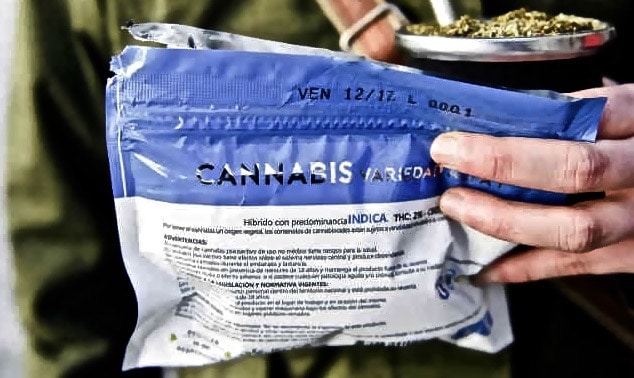
Uruguay’s laws are such that they continue to feed a black market in weed for tourists, who cannot legally buy cannabis in the country. A black market whose supply is encouraged by poorly controlled borders, which facilitate smuggling from neighbouring countries.
The northern town of Rivera, for example, shares a street with the Brazilian town of Santana do Livramento.
Going from Uruguay to Brazil is literally a question of crossing the street, which, in the 3 days I spent in Rivera in 2019, was never watched by either the Uruguayan or Brazilian authorities.
Grey-green areas.
Unfortunately, this lack of regulation doesn’t just benefit the parallel economy. It also affects local cannabis entrepreneurs.
People like Alberto who strive to turn their experience and passion for weed into a livelihood.
For all that, and despite its many shortcomings, Uruguay remains well ahead in social terms.
After all, it was the first country to legalize the use and cultivation of cannabis.
And for anyone living in a country that still criminalizes weed consumption, it’s worth all the gold in the world…
With any luck, and as the weed market and industry develop in Uruguay, the visibility and contours of these gray-green areas (like the seed trade) will become clearer.
Giving innovators like Alberto the chance to expand the roots and branches of their green businesses.




